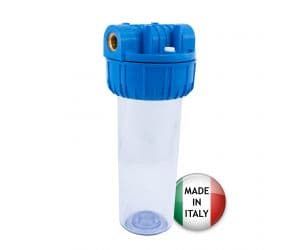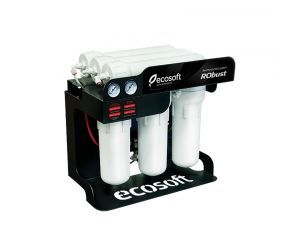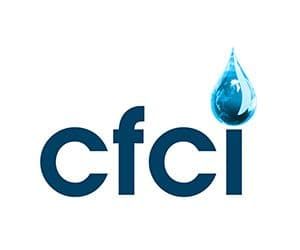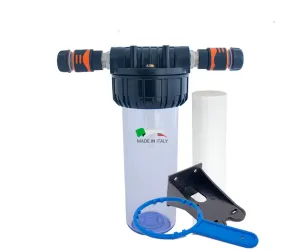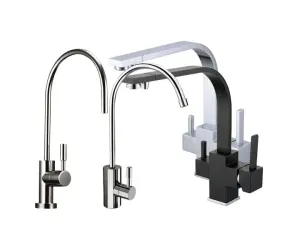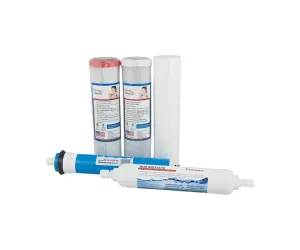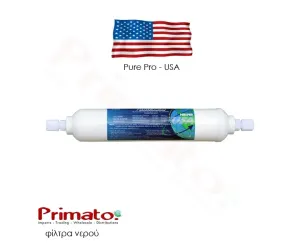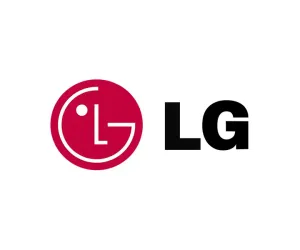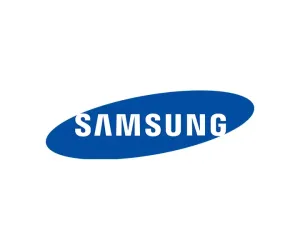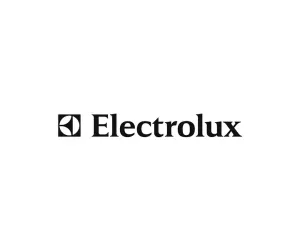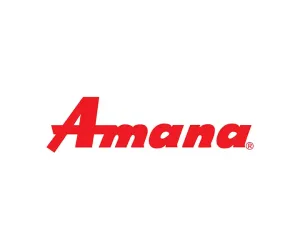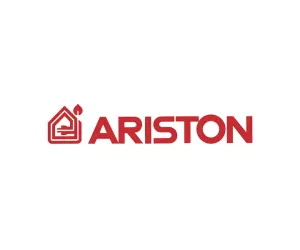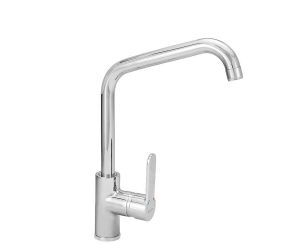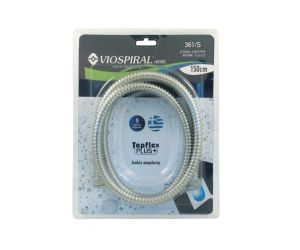AquaMetix® water filter with Zeolite for HCP and HCS devices
- Shipping Cost
Shipping Zones and Costs
Zone A
Cost €4. Free on orders above €50
Countries: Greece
Zone B
Cost €5. Free on orders above €100
Countries: Bulgaria, Cyprus
Zone C
Cost €8. Free on orders above €100
Countries: Romania
Zone D
Cost €15. Free on orders above €100
Countries: Austria, Vatican, Belgium, France, Germany, Denmark, Estonia, United Kingdom, Ireland, Italy, Spain, Croatia, Latvia, Lithuania, Luxembourg, Malta, Monaco, Netherlands, Hungary, Poland, Portugal, Slovakia, Slovenia, Sweden, Czechia, Finland
Zone E
Cost €18. Free on orders above €100
Countries: Albania, Andorra, Bosnia and Herzegovina, North Macedonia, Gibraltar, Guernsey, Greenland, Switzerland, Iceland, Canary Islands, Kosovo, Liechtenstein, Montenegro, Faroe Islands, Norway, San Marino, Serbia, Jersey, Turkey
Zone F
Cost €21. Free on orders above €100
Countries: Egypt, Algeria, United Arab Emirates, USA, Jordan, Israel, Canada, Qatar, Kuwait, Lebanon, Libya, Morocco, Mexico, Bahrain, Oman, Ukraine, Saudi Arabia, Tunisia
Zone G
Cost €24. Free on orders above €100
Countries: Vietnam, Japan, India, Indonesia, Cambodia, China, South Korea, North Korea, Laos, Macau, Malaysia, Maldives, Bangladesh, Bhutan, Brunei, Myanmar, Nepal, Pakistan, Singapore, Sri Lanka, Taiwan, Thailand, Philippines, Hong Kong
Zone H
Cost €30. Free on orders above €100
Countries: Saint Barthelemy, Saint Vincent, Saint Helena, Saint Eustatius, Saint Kitts, Saint Lucia, Saint Martin, Azerbaijan, Ethiopia, Ivory Coast, American Samoa, East Timor, Angola, Anguilla, Antigua, Argentina, Armenia, Aruba, Australia, Afghanistan, Haiti, Vanuatu, Venezuela, Bermuda, Bolivia, Brazil, French Guiana, Georgia, Gambia, Gabon, Ghana, Guam, Guadeloupe, Guatemala, Guyana, Guinea, Equatorial Guinea, Guinea-Bissau, Grenada, Dominica, Dominican Republic, El Salvador, Eritrea, Zambia, Zimbabwe, Iran, Iraq, Kazakhstan, Cameroon, Central African Republic, Kenya, Cayman Islands, Kiribati, Colombia, Comoros, Congo, Zaire, Costa Rica, Cuba, Cook Islands, Curacao, Kyrgyzstan, Lesotho, Belarus, Liberia, Mayotte, Malawi, Mali, Mariana Islands, Marshall Islands, Martinique, Mauritius, Mauritania, Micronesia, Mongolia, Mozambique, Moldova, Montserrat, Barbados, Bahamas, Belize, Benin, Bonaire, Botswana, Burkina Faso, Burundi, Namibia, Nauru, New Zealand, New Caledonia, Nevis, Falkland Islands, Niger, Nicaragua, Niue Islands, South Sudan, South Africa, Honduras, Uganda, Uzbekistan, Uruguay, Palau, Panama, Papua New Guinea, Paraguay, British Virgin Islands, US Virgin Islands, Peru, Puerto Rico, Cape Verde, Reunion Islands, Rwanda, Russia, Samoa, Sao Tome and Principe, Senegal, Seychelles, Sierra Leone, Solomon Islands, Somalia, Northern Somalia, Eswatini, Sudan, Suriname, Syria, Tanzania, Tajikistan, Tahiti, Jamaica, Djibouti, Togo, Tonga, Tuvalu, Turkmenistan, Turks and Caicos, Chad, Trinidad and Tobago, Yemen, Fiji, Chile
 Aquametix® is a patented combination of two types of activated carbon with Zeolite. Activated carbon zeolites are combined with special polymers to create an extremely compact and porous water filter that fits most commercial devices. Made in the USA and uses raw materials with the highest FDA specifications, state-of-the-art technologies and unprecedented performances.
Aquametix® is a patented combination of two types of activated carbon with Zeolite. Activated carbon zeolites are combined with special polymers to create an extremely compact and porous water filter that fits most commercial devices. Made in the USA and uses raw materials with the highest FDA specifications, state-of-the-art technologies and unprecedented performances.
 The activated carbon that Aquametix® has is a perfectly natural product and looks like a thin, odorless, tasteless and non-toxic black powder. It can be produced from various sources such as peat, bamboo, charcoal, wood, sawdust, coconut shell, olive kernels, but also from oil. It's heated in a controlled environment and in an air vacuum to obtain its characteristic porous surface. These tiny holes, or pores, can increase the area of the carbon surface from 500 to 1500 m2 / g. Due to this treatment, activated carbon can "bind" various substances that come in contact with it, in liquid and gaseous form and in quantities many times its weight. One cubic centimeter of activated carbon has the same area as an area of 50,000 square meters. Activated carbon produced from coconut shell is the most ecological and environmentally friendly! Aquametix® combines two kinds of activated carbon with Zeolite.
The activated carbon that Aquametix® has is a perfectly natural product and looks like a thin, odorless, tasteless and non-toxic black powder. It can be produced from various sources such as peat, bamboo, charcoal, wood, sawdust, coconut shell, olive kernels, but also from oil. It's heated in a controlled environment and in an air vacuum to obtain its characteristic porous surface. These tiny holes, or pores, can increase the area of the carbon surface from 500 to 1500 m2 / g. Due to this treatment, activated carbon can "bind" various substances that come in contact with it, in liquid and gaseous form and in quantities many times its weight. One cubic centimeter of activated carbon has the same area as an area of 50,000 square meters. Activated carbon produced from coconut shell is the most ecological and environmentally friendly! Aquametix® combines two kinds of activated carbon with Zeolite.
 Zeolite is a mineral of volcanic origin which, due to its particular chemical properties, is used in the water treatment industry, environmental protection, crops, agriculture, etc. Named in 1756 by the Swedish miner Axel Kronsted, who he noticed that with rapid heating of stilbite, a large amount of water vapor was produced which had been absorbed by the material. So he called this material "zeolite", from "boil" (boil) and "stone".
Zeolite is a mineral of volcanic origin which, due to its particular chemical properties, is used in the water treatment industry, environmental protection, crops, agriculture, etc. Named in 1756 by the Swedish miner Axel Kronsted, who he noticed that with rapid heating of stilbite, a large amount of water vapor was produced which had been absorbed by the material. So he called this material "zeolite", from "boil" (boil) and "stone".
It contains a significant amount of clinoptilolite and can also be used in nuclear reprocessing as it can clean nuclear waste containing radioactive isotopes. One of its most important functions is the ability to bind and eliminate heavy metals such as lead, mercury, cadmium, aluminum and extra iron without removing healthy ions and minerals.
Aquametix® reduces:
- Chlorine: 99% ANSI/NSF Standard 42 ( Certification PACE ANALYTICAL)
- Fluorides: 92% all types - fluorosilicic acid, hydrofluorosilicate, sodium fluorosilicate, sodium fluoride (Certification ENVIROTEK)
- Lead: 95% ANSI/NSF Standard 53 ( Certification PACE ANALYTICAL)
- Heavy metals: 98% ANSI/NSF Standard 53 ( Certification ENVIROTEK)
- VOC’s – Volatile Organic Compounds: 98% ANSI/NSF Standard 53, ENVIROTEK
- Pharmaceuticals Compounds : 95% ANSI/NSF Standard 401, ENVIROTEK
- >90% Nitrates
- >95% Arsenic
- >95% Chromium
- Chloramines: 99% ANSI/NSF Standard 42 (Pace Analytical). Some municipalities instead of using chlorine to decontaminate water use chloramine (a combination of chlorine and ammonia). The reason is that chloramines remain more active in water than chlorine. So if drinking water has to travel long enough to reach your tap, then chloramine is much better than chlorine.
- Reduces the combination of chloramine, monochloramine and ammonia.
- 99% reduction of herbicides and pesticides
- 98% reduction of Glyphosate (known round up)
- > 98% THM's Trihalomethanes(Trihalomethanes). Trihalomethanes (ΤΗΜs) in the water are by-products of chlorine disinfection. The most common compounds controlled by water services are chloroform, bromoform, dibromochloromethane, and bromodichloromethane.
- > 97% MTBE Methyl tert-butyl ether. Methyl tert-butyl ether (MTBE) is a volatile organic compound added to gasoline to reduce levels of carbon monoxide and ozone in car emissions. In California, the addition of MTBE improved air quality by reducing car emissions by 14% at the state level. Unfortunately, however, in recent years methyl tributyl ether has started to appear in the water.
- > 98% Metals - Aluminum, Iron, Mercury, Nickel & Zinc.
- > 99% Herbicides
- Effectively reduces industrial residues, toxic, turbidity, suspended particles, mud, rust, soil and various other harmful organisms.
- Also removes: alachlor, endrin, simazine, atrazine, ethylbenzene, styrene, benzene, ethylene dibromide (EDB), 1,1,2,2-tetrachloroethane, carbofuran, haloacetonitriles, tetrachloroethylene, carbon tetrachloride, bromochloroacetonitrile, toluene, chlorobenzene, dibromoacetonitrile, 2,4,5-TP(silvex), chloropicrin, dichloroacetonitrile, tribromoacetic acid, 2,4-D, trichloroacetonitrile, 1,2,4-trichlorobenzene, dibromochloropropane (DBCP), haloketones, 1,1,1-trichloroethane, o-dichlorobenzene, 1,1-dichloro-2-propanone, 1,1,2-trichloroethane, p-dichlorobenzene, 1,1,1-trichloro-2-propanone, trichloroethylene, 1,2-dichloroethane, heptachlor, trihalomethanes (TTHM), 1,1-dichloroethylene, heptachlor epoxide, bromodichloromethane, cis-1,2-dichloroethylene, hexachlorobutadiene, bromoform, trans-1,2-dichloroethylene, hexachlorocyclopentadiene, chlorodibromomethane, 1,2-dichloropropane, lindane, chloroform, cis-1,3-dichloropropylene, methoxychlor, xylenes, dinoseb, pentachlorophenol
- VOC's (Volatile Organic Compounds ) include chemicals that come from both man and nature. We usually find them in wells or pipelines. Some VOC's are pesticides, herbicides and insecticides which enter groundwater after their application by humans. Some other volatile organic compounds enter groundwater from industrial use or from sewers.
- It does not remove the necessary minerals and trace elements for the organism.
- It can be plugged into any 10-inch commercial device.
- It greatly improves the taste and smell of water.
- It must be replaced at least once a year.




